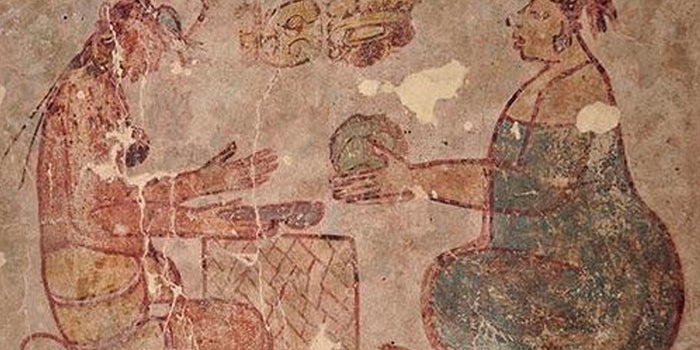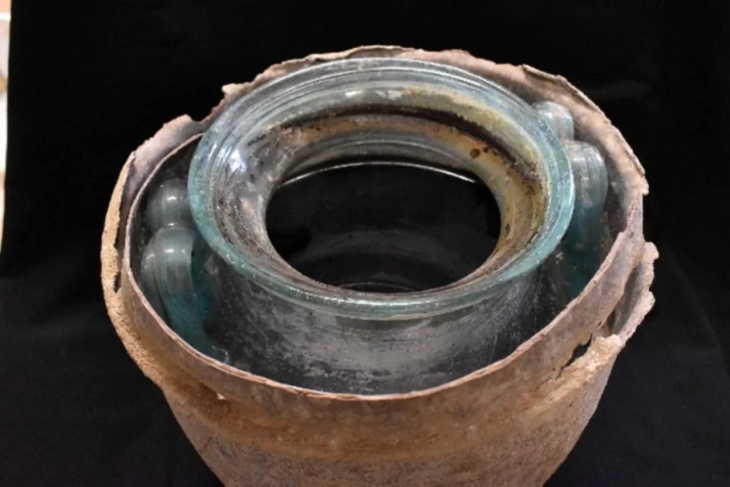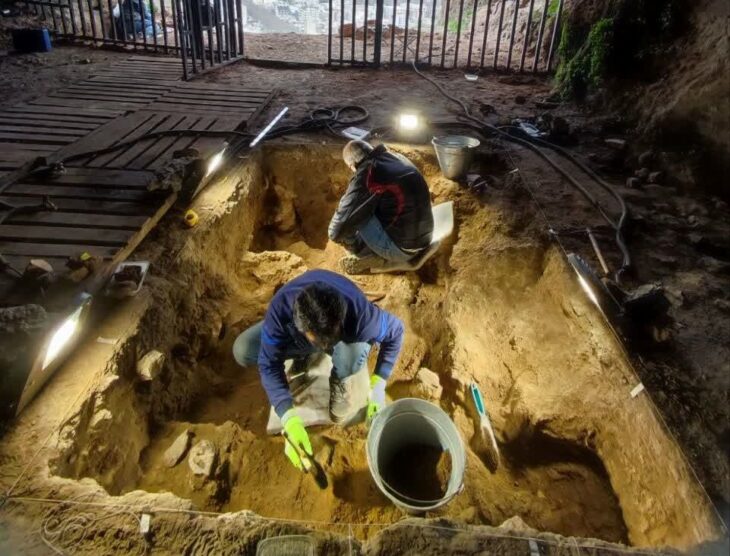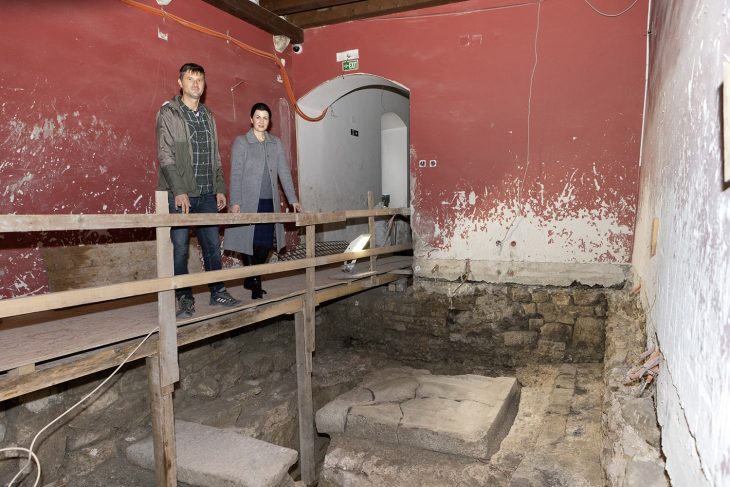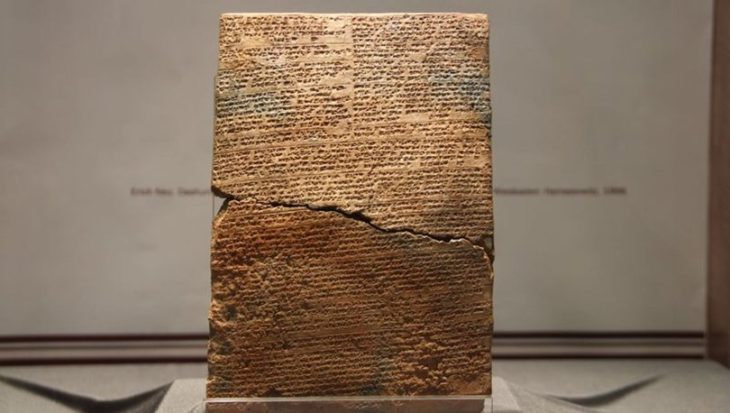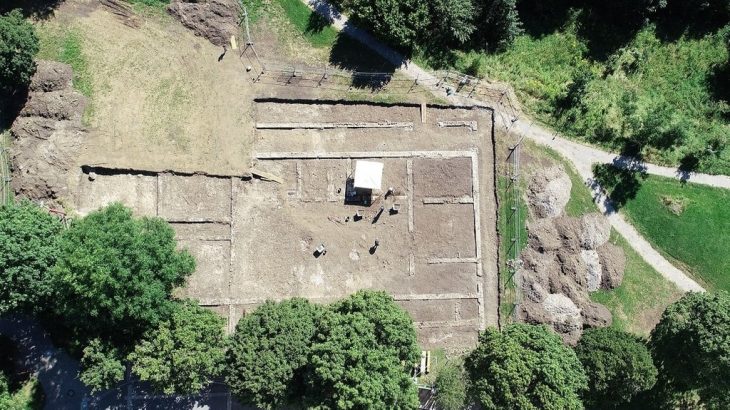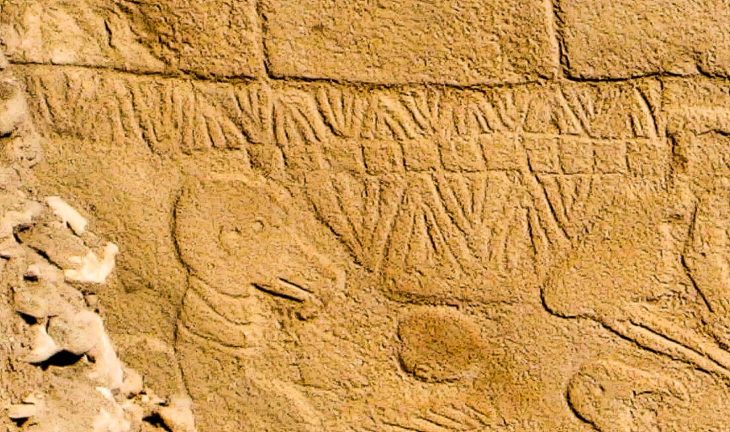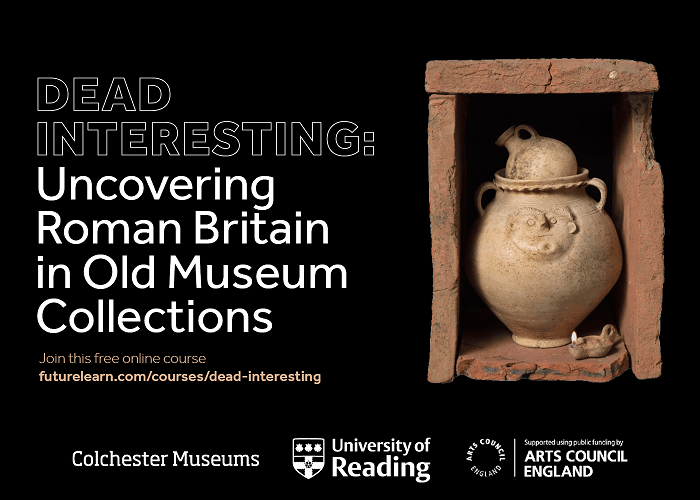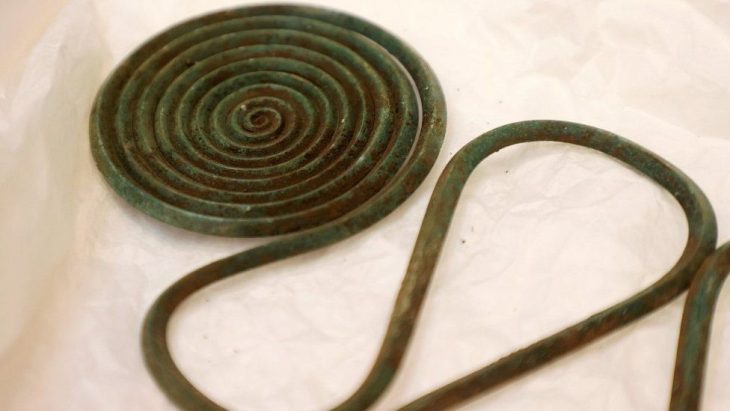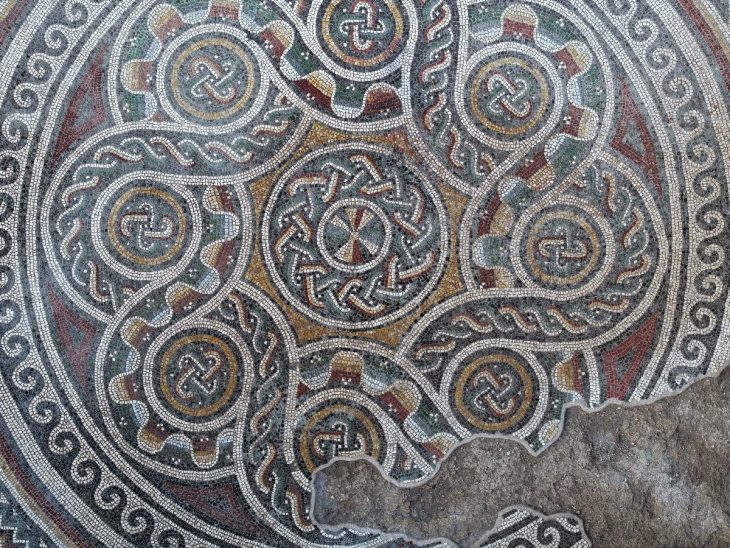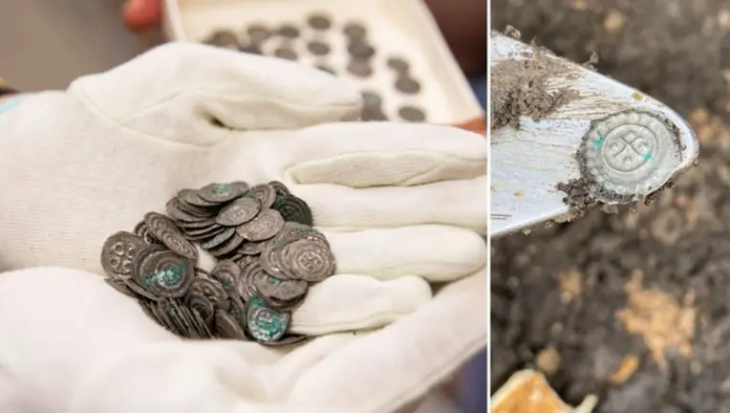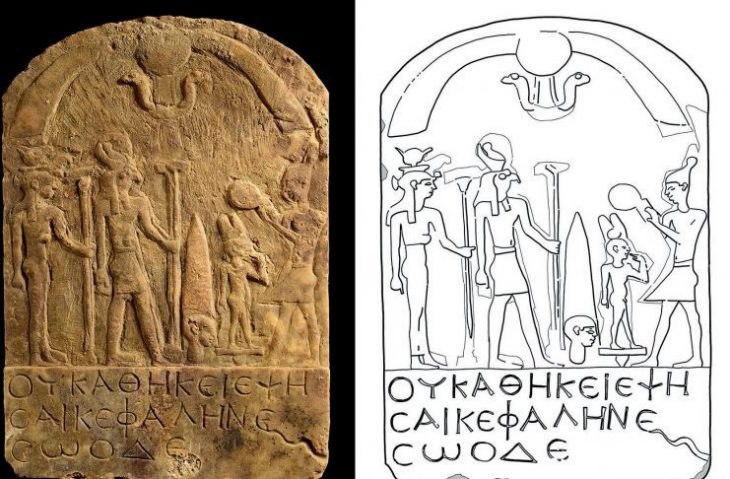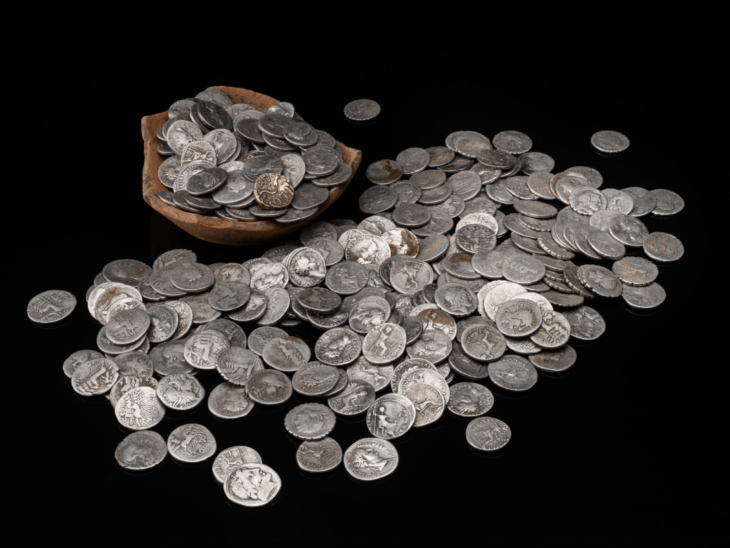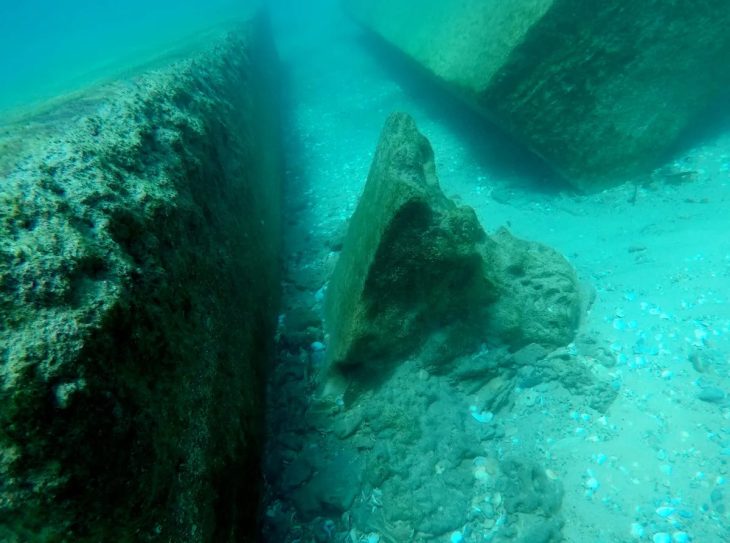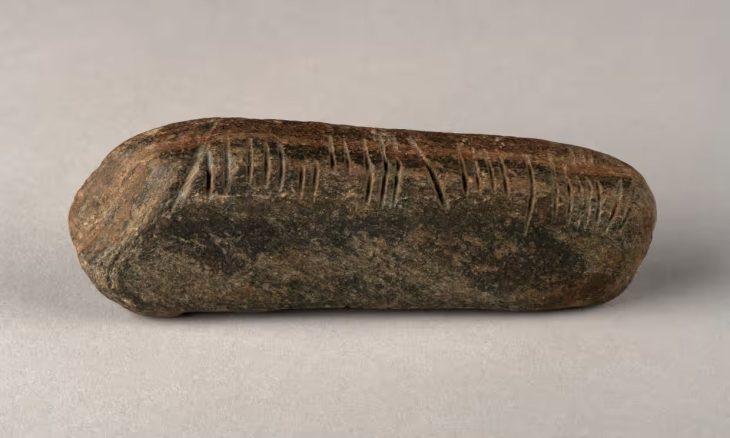Salt has always been a precious metal. Salt was needed in many areas, from the preservation of food to the taste of the food, to the feeding of animals, to its use in the field of health. Wars broke out for salt. Access to salt provided the advantage.
Described by Homer as a “sacred substance”, salt has also been used as a means of payment in shopping because it is a rare and troublesome product. Such that, In the Roman Empire, legionnaires’ salaries were made with salt. The English salary word “Salary” comes from salt money given to legions.
Salt gods stand out in North American culture. Many North American Indians are known to worship salt gods, often female. In America, salt was a very important product like other Asian and European countries.
Archaeologists discovered a striking 2500-year-old mural on the Mayan ruins in Calakmul, Yucatan, Mexico, depicting the salt exchange between buyers and sellers. This is the earliest record of salt as a commodity.
No wonder that salt played a major economic role in the ancient Maya as well. Archaeologists led by Heather McKillop of Louisiana State University recently documented an ancient Calakmul fresco in which a salt seller distributes salty dough wrapped in leaves to another person. The latter holding a large spoon over the basket.
Since 2004, Mckillop has uncovered a wealth of archaeological evidence relating to the salt trading networks of the ancient Maya. These include the remains of “salt kitchens”, buildings made of posts and straw that had been submerged and preserved in the saltwater lagoons of the mangrove forests of Belize.
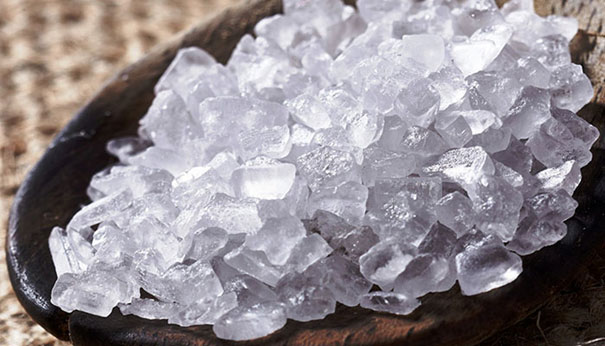
Until today, Researchers have mapped 70 sites, including an extensive network of rooms and buildings called the Paynes Creek Salt Works.
This must have been an industrial-scale operation, as the archaeologists have identified 4,042 submerged architectural wooden posts, a canoe, an oar, a high-quality jadeite tool, stone tools used to salt fish and meat, and hundreds of pieces of pottery.
Alongside this recently described mural, this evidence suggests that salt cakes were transported in canoes along the coast and up rivers in southern Belize, the researchers wrote in the Journal of Anthropological Archaeology.
“I think the ancient Maya who worked here were producer-vendors and they would take the salt by canoe up the river. They were making large quantities of salt, much more than they needed for their immediate families. This was their living,” said McKillop in a statement.
Two of McKillop’s students even replicated some of the ancient Maya pottery using a 3d printer based on scans taken in Belize of some of the hundreds of pieces of pottery investigated at the site. This confirmed that the ceramic jars in which the Maya boiled the brine were standardized in volume.
“Produced as homogeneous units, salt may have been used as money in exchanges,” McKillop said.
Cover Photo: entrepreneur.com

